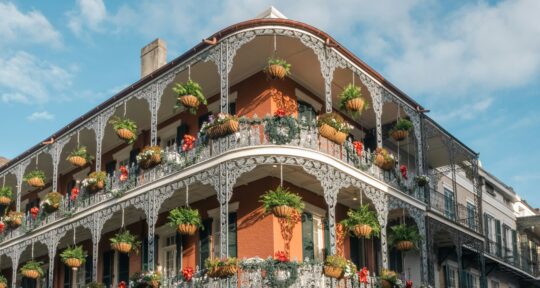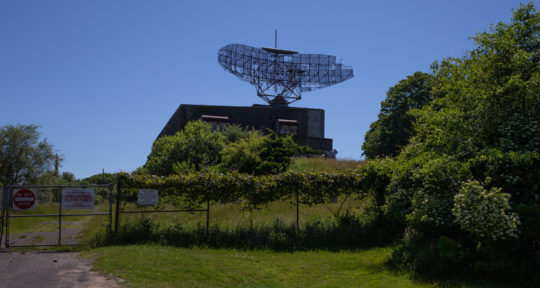Wandering throughout the labyrinth of high mossy canyon walls that tower alongside Dismals Creek—and its musical little waterfalls and shaded burbles—I imagine myself in some sort of fairytale land. At any moment, I expect two Hobbits to pop out of the canyon’s twists and turns as they make their way to Mordor. I can picture King Arthur on a white steed galloping through the eastern hemlock trees that somehow thrive in this southern landscape.
All around me is the sound of nature in a place where no industry has left exhaust-scented footprints. I’m in the heart of a unique geological wonderland that lights up at night with the world’s largest population of Dismalites, a colloquial name for a type of glowworm. I’m not in dear old England or mystical Ireland—but in a wild and primordial part of Alabama.
Dismals Canyon is located about 100 miles northwest of Birmingham, and I’ve ventured here after hearing about it during a Tennessee River Valley road trip. This lush swath of land borders the massive Tennessee River as it flows from its namesake state into Alabama. As soon as I heard the words “glowworms,” I knew I had to go exploring.
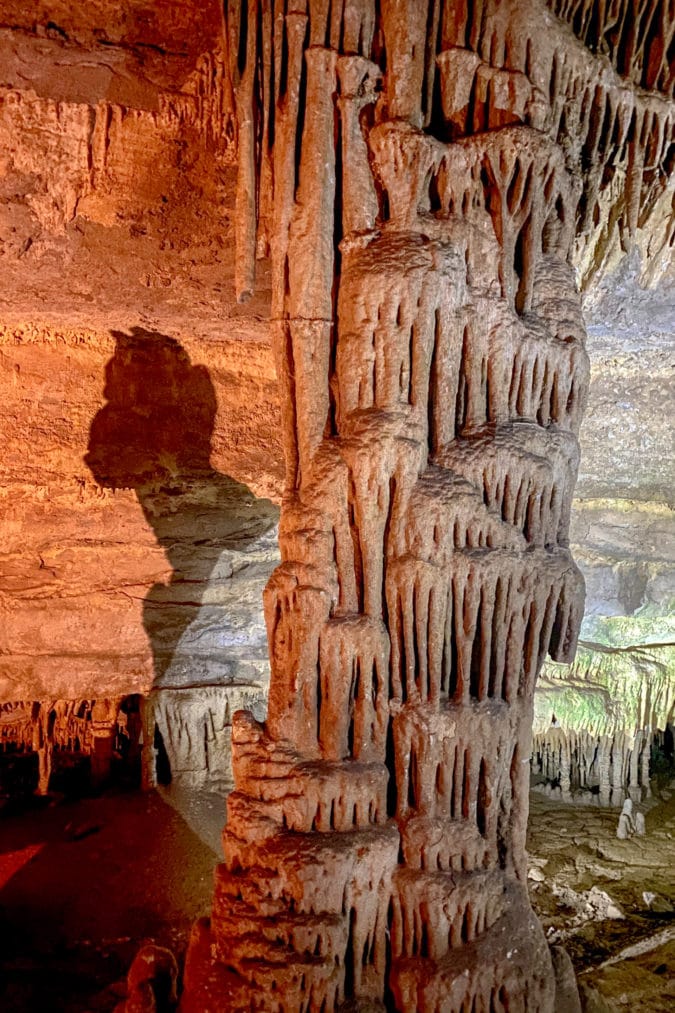
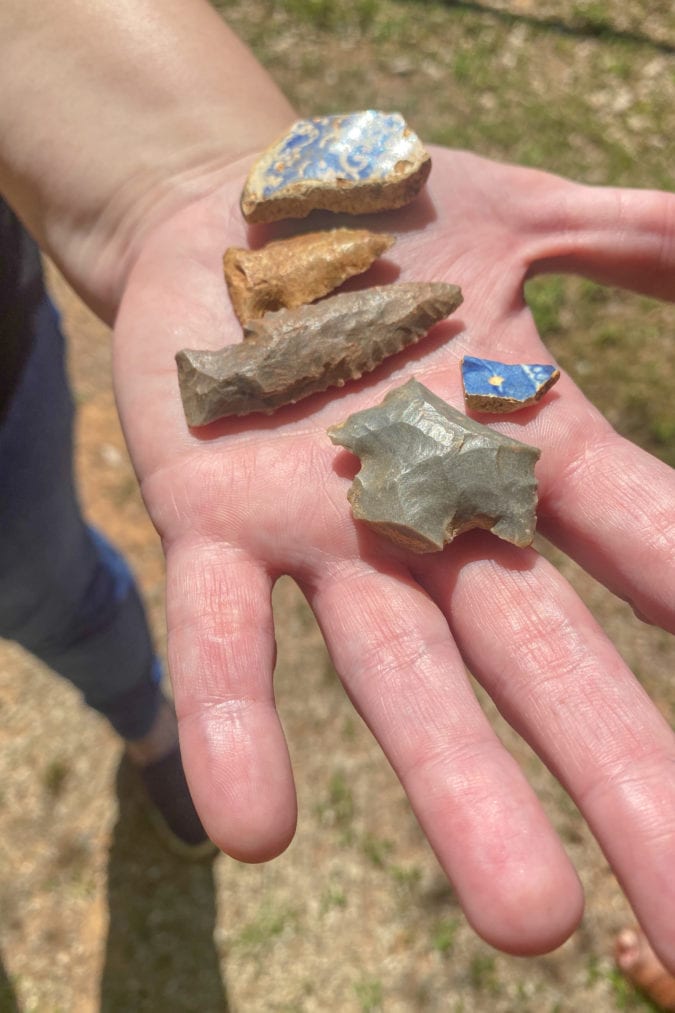
Under the radar
Despite the gorgeous landscapes and fascinating attractions—ranging from a shopping mecca populated with lost luggage items to a cemetery dedicated only to coon dogs—Northern Alabama seems to fly under most travelers’ radars. But the fire glow of sunsets on the four Bear Creek Lakes are downright Instagram-worthy, as are the castle-like formations of cave sculptures that form deep underground. Waterfalls and rivers give way to lush green forests and vast scenic overlooks, while cultural treasures and museums full of fascinating history wait quietly for the tourists who never come—most seem to just keep driving, unaware of the wonders they’ve passed.
After driving nearly 10 hours from my home state of Oklahoma, I arrive at Bear Creek Lakes and its surrounding woodlands near Russellville, Alabama. The four lakes include Cedar Creek, Little Bear, Upper Bear, and Bear Creek, all of which are rated among some of the cleanest recreational waters in the South.
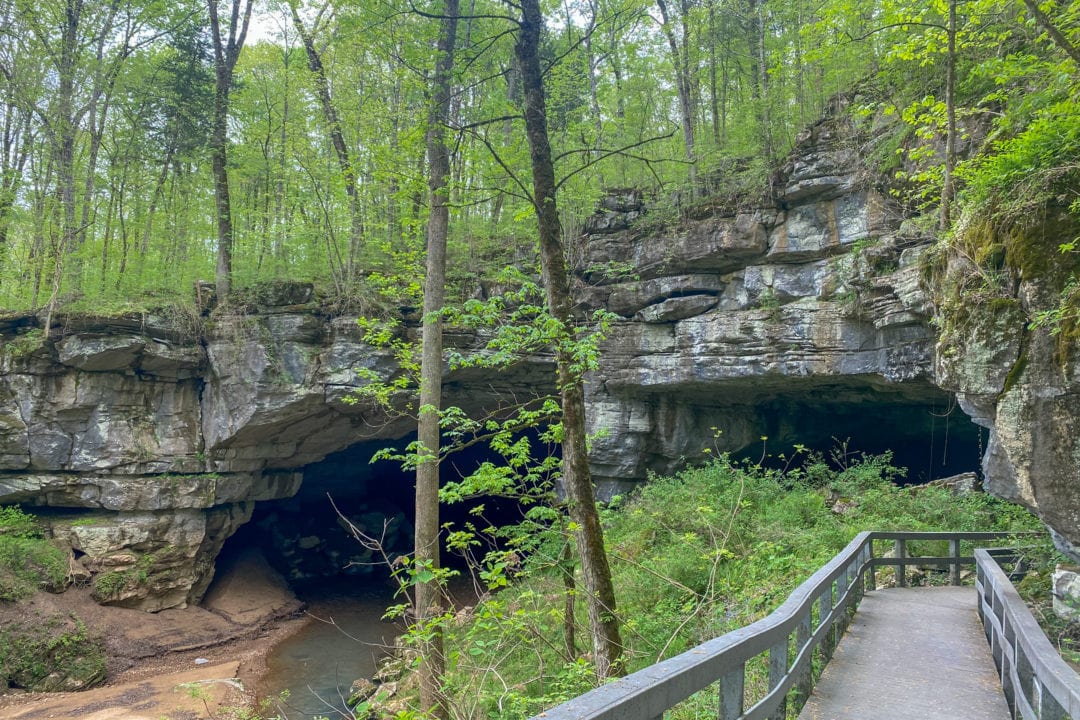
As the sun casts an orange warm glow over the lake at Elliott Branch Campground, I inflate my portable stand-up paddleboard and take to the waters. Soft green hills and mountains surround the lakes, which are also home to the Bear Creek Floatway, a 26-mile float stream that locals say is one of the top paddling trips in all of Alabama.
“Many people don’t realize that northern Alabama is part of Appalachia—with rugged mountains and lush valleys providing scenic vistas, cascading waterfalls, marshes, streams, pastoral farmlands, lakes, all punctuated with small rural towns,” says Julie Graham, executive director of the Tennessee River Valley Stewardship Council (also known as Explore TRV). “I think people would be surprised that autumn brings the red, gold, and orange along the hills and woodlands.”
Beginning below Upper Bear Creek Dam and ending at Bear Creek Reservoir, the Bear Creek Floatway offers up both rapids and flatwater that flows within scenic gorges and past waterfalls and bluffs. Because the entire region is connected by water, Graham encourages tourists to rent a pontoon boat and learn about the area’s dams, or plan a day trip along Highway 72. “Exploring the waterways is a must in Northern Alabama,” she says.
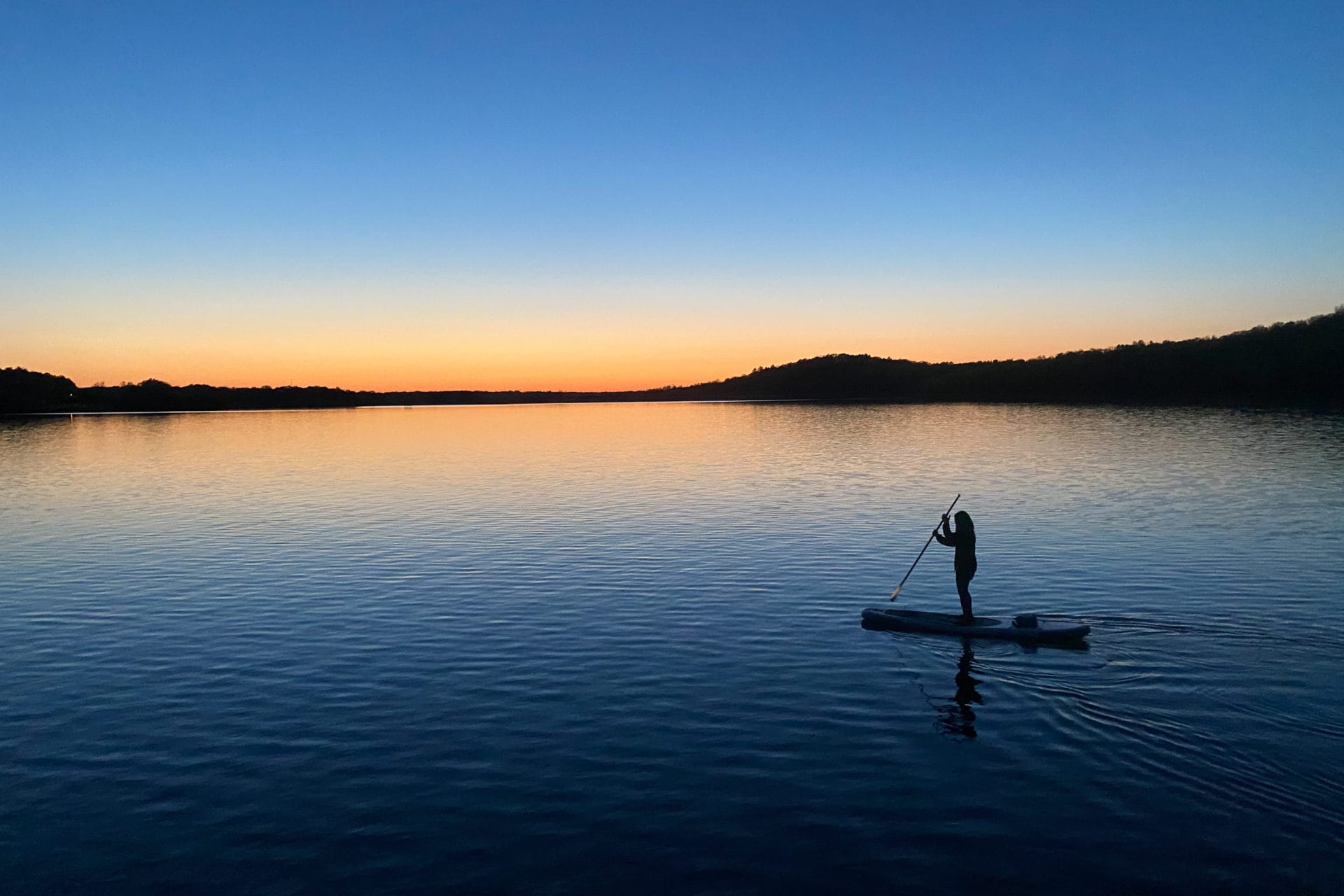
Living stars
Beyond the lakes, however, are more surprises. Dismals Canyon is one of them. This 85-acre, privately owned and operated gorge was designated as a National Natural Landmark in 1975. A 1.5-mile hiking trail journeys through the geological and biological splendor of bluff shelters, grottos, and other maze-like tunnels that serve as a home for the park’s famous glowworms.
The larvae of a type of fungal gnat, Dismalites sparkle like stars during the spring and fall in the canyon’s hidden crevices—visitors can book a night tour to view the living stars themselves.
“Dismals Canyon is one of the last primeval forests east of the Mississippi—it’s never been touched by axe or fire, so it’s old timber,” says Britney Slappie, the park’s resident biologist. “That’s why Dismalites are so heavily populated there and nowhere else in the world at our levels. The humidity and climate is perfect for them, and the canyon is basically built around their survival.”
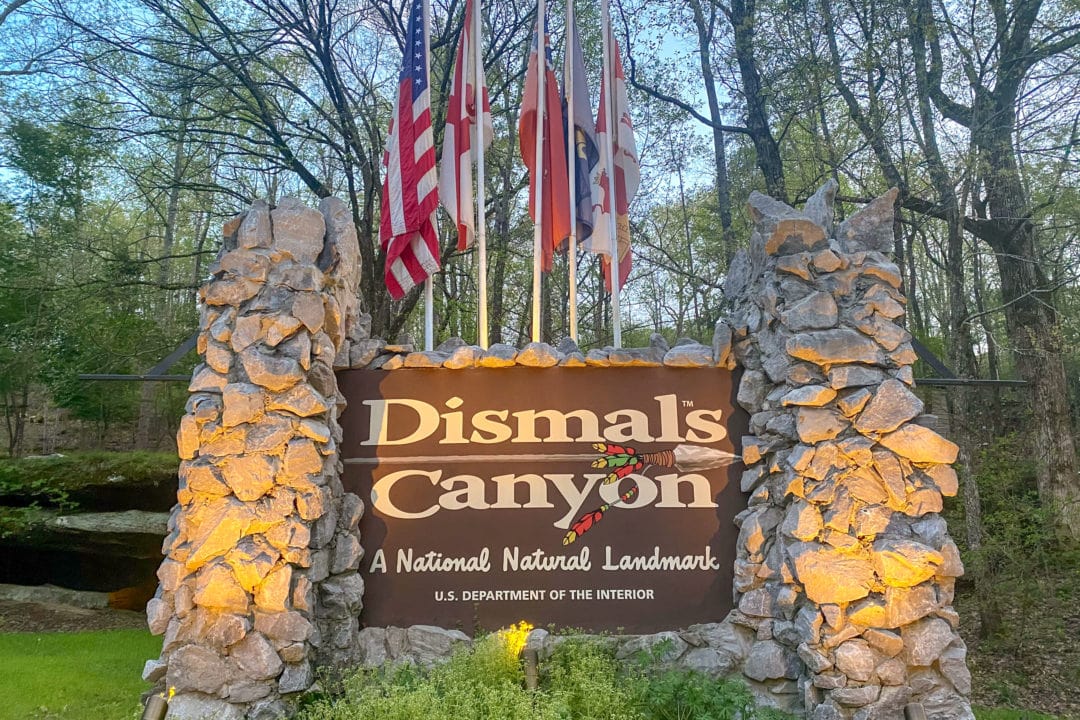
Dismalites need a precise alchemy to live: It has to stay humid and cool, and be exceedingly dark at night; they need to have the protection of mossy overhangs and a bountiful buffet of insects (such as mosquitoes) to eat. Northern Alabama is also the southernmost point where eastern hemlocks can grow, and their vast canopies make the shaded canyon floor at least 10 degrees cooler than the surrounding landscape.
“It’s just always been one of those sacred places that people know about and protect,” says Slappie, acknowledging the rich and long Indigenous history of the area. “The canyon itself is really unique. It truly is one of the last [of its kind].”
Sharks in Alabama
The beauty of Alabama’s landscape isn’t limited to the ground waterways and mountains. Deep underneath the dramatic overlooks, hidden waterfalls and prime hiking locations offer a whole different subterranean world.
At Cathedral Caverns State Park, towering stalagmites rise from the floor of the cave—formed from calcium salts deposited by dripping water—until they unite with a stalactite, creating alien-looking formations. Caving is one of my favorite outdoor activities, and discovering yet another waterfall inside the cave (albeit a “frozen” one made from mineral formations) is mind-boggling.
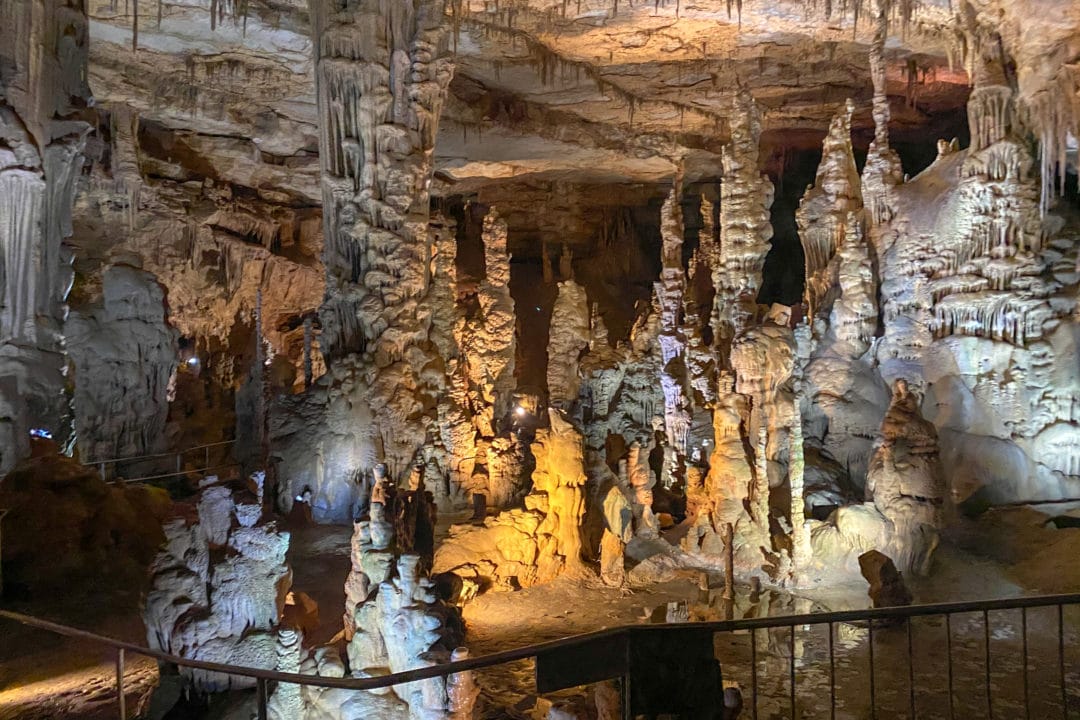
Opened to the public in the 1950s by Jacob Gurley, Cathedral Caverns has a massive entrance that measures 126 feet wide and 25 feet high, a possible world record for commercial caves. The wonders continue inside the cavern with cathedral-like formations. One named “Goliath” earns its moniker—measuring 45 feet tall and 243 feet in circumference, it’s one of the largest stalagmites in the world.
“Some of the formations we’ll show you in here are probably somewhere around 200,000 to 300,000 years old,” says Randall Blackwood, Cathedral Caverns State Park’s naturalist. “This was created by limestone, and all limestone is created at the bottom of the ocean. So, when the continents slammed together and pushed up the Appalachian Mountain Range, it caused the ocean floor to rise up and water got in the cracks, which carves out caves.”
Blackwood directs his flashlight to the ceiling, highlighting a small whitish protuberance poking out of the vast gray ceiling.
“That’s why you get things like this guy here—that’s a shark tooth,” he explains.
Aretha Franklin and Frank Lloyd Wright
But there’s more to the area than its natural beauty and recreational opportunities. People once flocked to the Muscle Shoals region for the easy-to-harvest mussels in the Tennessee River’s shallows, and culturally, this part of the country is also steeped in music history. The Muscle Shoals Sound and FAME studios lure fans of legends such as Aretha Franklin, The Rolling Stones, and Otis Redding. The “Muscle Shoals sound,” which encompasses the salty taste of river shellfish and swampy heat of Alabama summers, was created here by a group of rhythm musicians called The Swampers.
A little ways outside of Florence, a man continues to place rocks by hand along Tom’s Wall, which spirals and weaves for more than a mile. Tom Hendrix has picked up where his father left off, on a mission to build a huge unmortared wall in homage to his great-great-grandmother. After the forced relocation of thousands of Native Americans, known now as the Trail of Tears, she walked from Oklahoma all the way back home to Alabama.
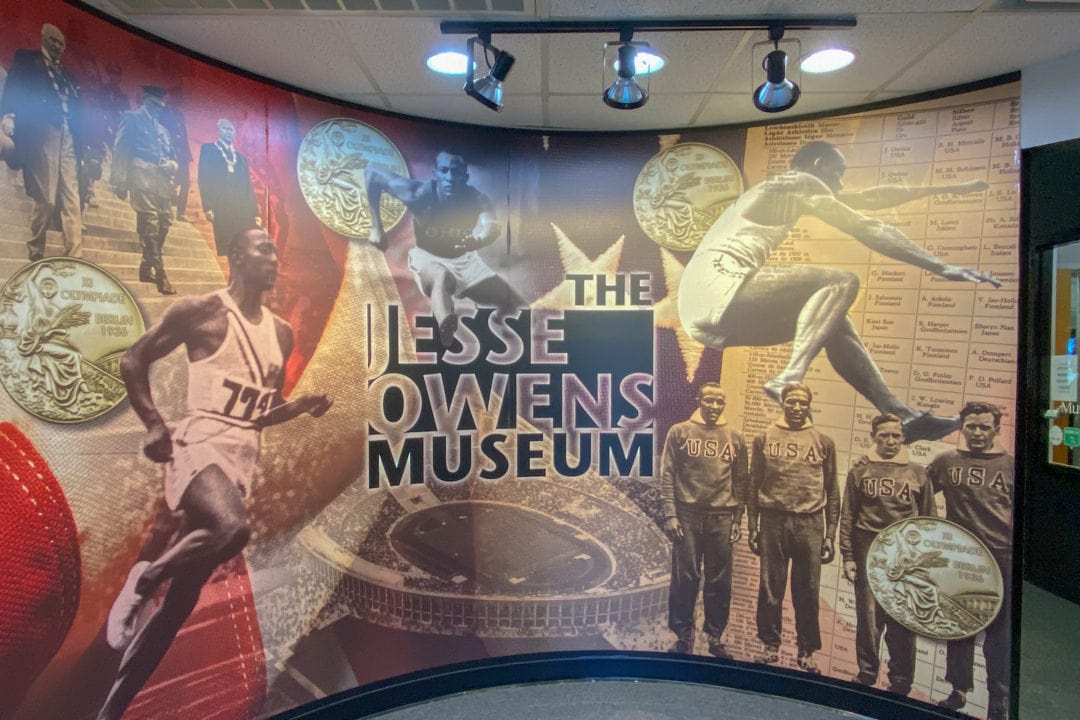
Frank Lloyd Wright built one of his famed Usonian homes in Florence, but some of the notable dwellings here are much, much older. The Oakville Indian Mounds in Danville was once the powerful heart of a large cultural center during the Middle Woodland period. Five mounds were reported to exist at Oakville, but three were farmed away and destroyed by European settlers.
Today, a museum and educational center with more than 20,000 artifacts rises up from the remaining two mounds, and explores the history of the Woodland period. “Oakville would have been a village site about 2,000 years ago, around the time they were starting to have villages and agricultural practices,” says Anna Mulligan, cultural resource coordinator at The Oakville Indian Mounds. One of Mulligan’s favorite pieces in the center is a ceremonial pipe shaped like a bird. Many think it represents the now-extinct Carolina parakeet. Just up the road, the Jesse Owens Museum is a thoroughly curated collection devoted to one of the country’s most legendary athletes.
In Scottsboro, people eagerly line up to discover treasures contained within the hundreds of pieces of lost luggage that make their way every year to the Unclaimed Baggage Center. With their original owners now as anonymous as the bags themselves, the massive store sells trinkets both large and small, including iPads and Kindles, designer dresses, $60,000 rings, and ceremonial headdresses from Thailand. There’s something here for everyone—and in a way, there may not be a more fitting metaphor for Northern Alabama.


